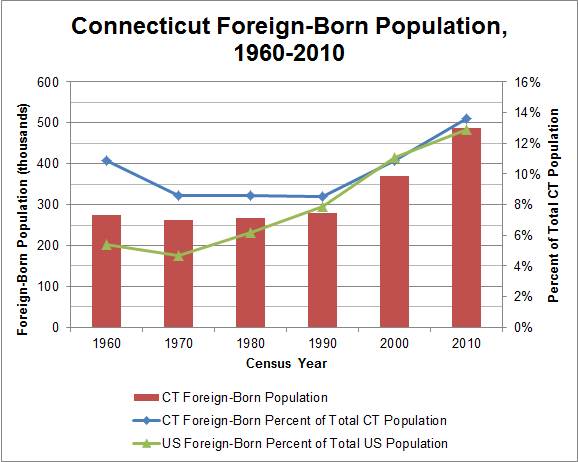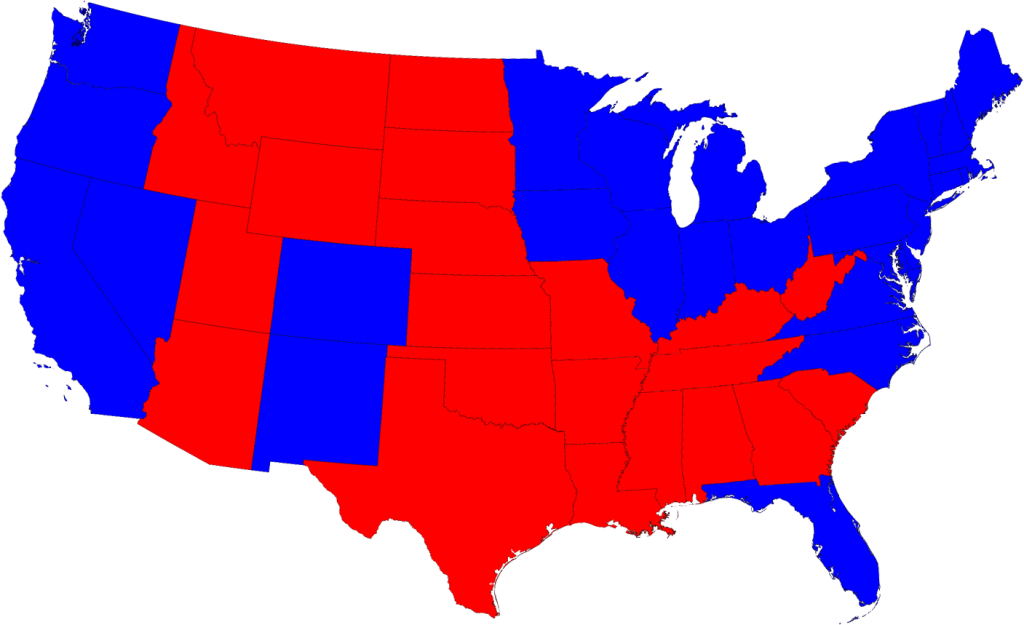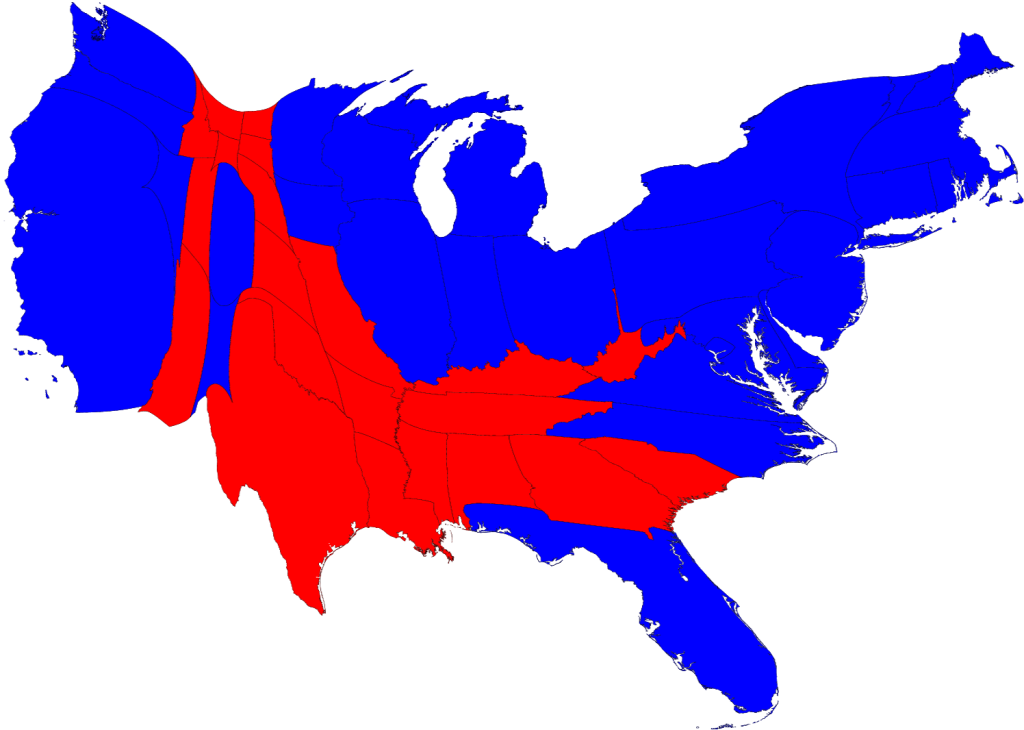 The foreign-born population of the United States has shifted since 1960 from a largely European composition of nation of origin settled in Northeastern and Midwestern states to, present-day, people of Asian and Latin American origin living more in the west and south of the country. This is the central finding of a new working paper from the U.S. Census Bureau’s Population Division, The Size, Place of Birth, and Geographic Distribution of the Foreign-Born Population in the United States: 1960 to 2010, released earlier this month.
The foreign-born population of the United States has shifted since 1960 from a largely European composition of nation of origin settled in Northeastern and Midwestern states to, present-day, people of Asian and Latin American origin living more in the west and south of the country. This is the central finding of a new working paper from the U.S. Census Bureau’s Population Division, The Size, Place of Birth, and Geographic Distribution of the Foreign-Born Population in the United States: 1960 to 2010, released earlier this month.
In 1960, the top five countries of origin for immigrants to the United States – Italy, Germany, Canada, United Kingdom, Poland – comprised 49.1 percent of the country’s total foreign-born population. In 2010, however, the five largest nationalities represented in the immigrant population of the country were Mexico, China, India, Philippines, and Vietnam. These five comprised 46.7 percent of the total foreign-born population, with people from Mexico making up nearly 30 percent of that composition. This significant difference in the nations of origin, as the composition shifts from immigrants of European countries to Latin American and Asian nations, is highlighted in the report.

Also discussed in this report is the demographic shift in age to a younger population, from a median age of 57.3 in 1960 to 41.4 in 2010. These start and end data hide the fact that, for the years 1980, 1990, and 2000, the median age dropped below 40, reaching a nadir of 37.2 in 1990. The authors of the report understand this trend to be a result of the decline of the older European population through mortality, in combination with the influx of a younger Asian and Latin American immigrant population.
In the state of Connecticut, the report presents data showing a U-shaped transition in the state’s foreign-born population during the study period of 1960 to 2010. First, during the period of 1960 to 1990, the number of foreign-born people varied within 20,000 between any two Census years. This stagnancy in total numbers explains the decline in the foreign-born population as a proportion of the total Connecticut population, increasing during the entire study period. The population of foreign-born residents dropped from 10.9 percent of the total population in 1960 to 8.5 percent in 1990.

More recently, however, the Census data shows a significant growth in Connecticut’s foreign-born population, nearly doubling from approximately 279,000 in 1990 to just over 487,000 in 2010. As a percentage of the total state population, the foreign-born cohort also increased to 13.6 percent in 2010. In the chart above, this latter, increasing trend in the state’s foreign-born population matches relatively closely to the change in the population composition percentages for the entire United States, which has been steadily increasing since 1970.
View the entire report here: The Size, Place of Birth, and Geographic Distribution of the Foreign-Born Population in the United States: 1960 to 2010.
















